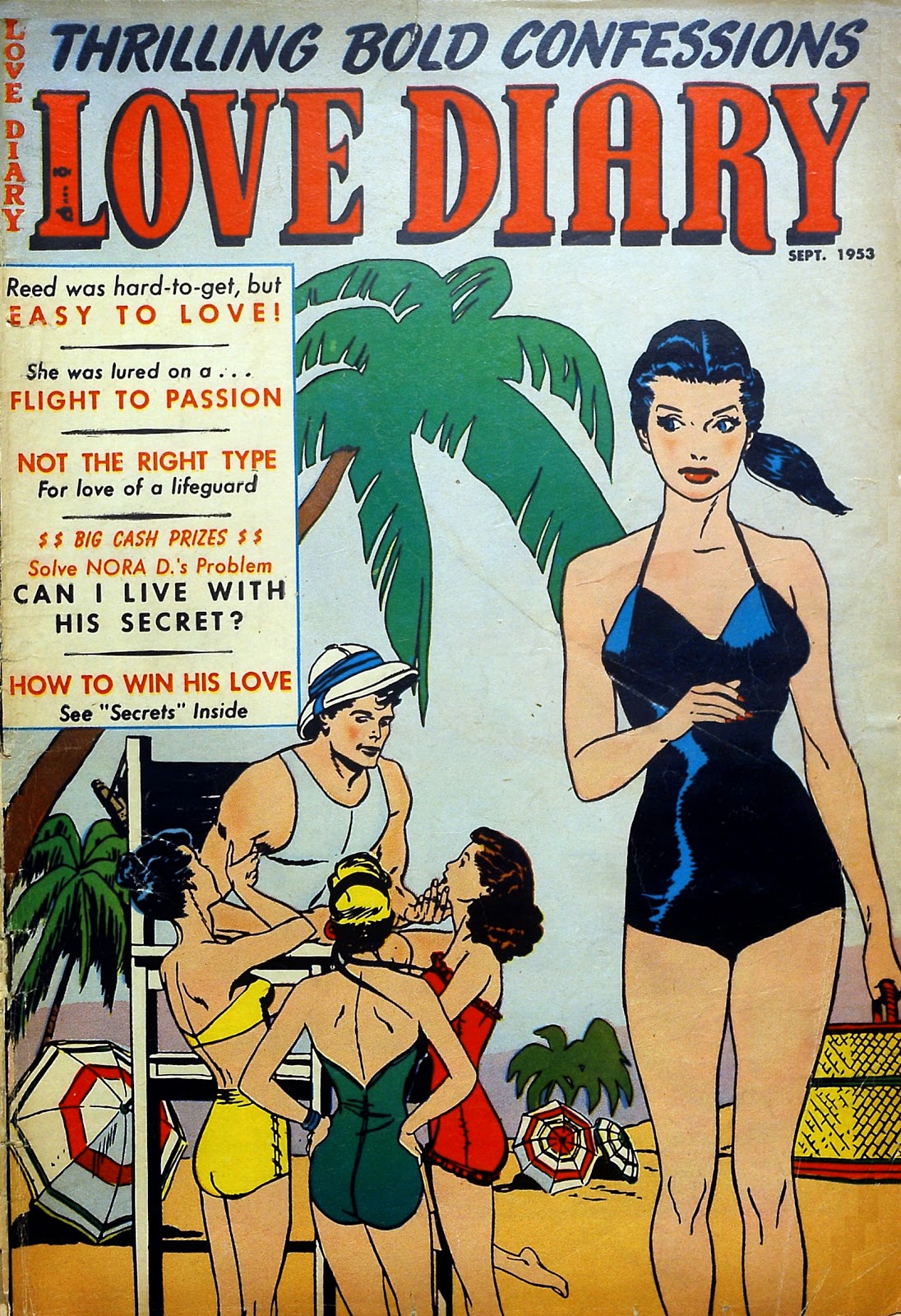Above are tiers from two of the stories I saw in reprint in the Seventies ("Dinosaur Island" and "The Case of the Crooked Gambler"). For years I'd IDed this artist for myself as just the "Dinosaur Island artist." Then finally—last month—I saw a signed story by him at Atlas: "The House That Wasn't There" in Journey into Unknown Worlds 7 (Oct/51). The signature is Paul Cooper. He has other early-Fifties signed stories at Atlas as well as at companies like Youthful. He's not trying to ape Bob Kane at this point.
Paul Cooper at DC:
Batman
| Jun-Jul/46 | 35 | Dinosaur Island |
| Dick Grayson, Author | ||
| Aug-Sep/ | 36 | The Penguin's Nest |
| Stand-In for Danger | ||
| Sir Batman at King Arthur's Court |
Batman in Detective
| Nov/46 | 117 | Steeplejack's Showdown (plus cover) |
| May/47 | 123 | The Dawn Patrol Crimes |
| Oct/ | 128 | Crimes in Reverse |
Batman in World's Finest
| May-Jun/47 | 28 | Crime under Glass |
| Nov-Dec/ | 31 | The Man with the X-Ray Eyes |
| Jan-Feb/48 | 32 | The Man Who Could Not Die |
| Jul-Aug/ | 35 | Crime by the Book |
Perfect Crime Mystery etc. in Mr. District Attorney
| Jan-Feb/48 | 1 | Studio Cop |
| Jul-Aug/ | 4 | Border Cop |
| Sep-Oct/ | 5 | The Murder with a Million Witnesses |
Perfect Crime Mystery etc. in Gang Busters
| Aug-Sep/48 | 5 | The Case of the Crooked Gambler |
| Oct-Nov/49 | 12 | The Case of the Perfect Alibi |
Perfect Crime Mystery in Star Spangled Comics
| Mar/49 | 90 | Remote Control Murder |

























